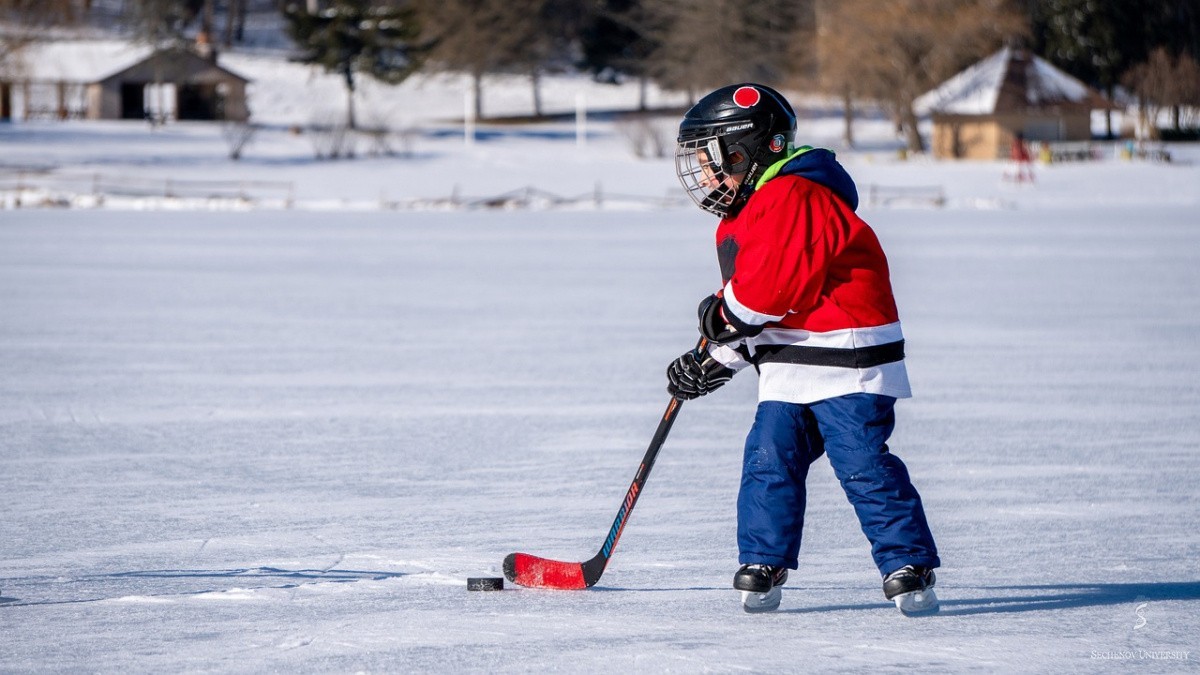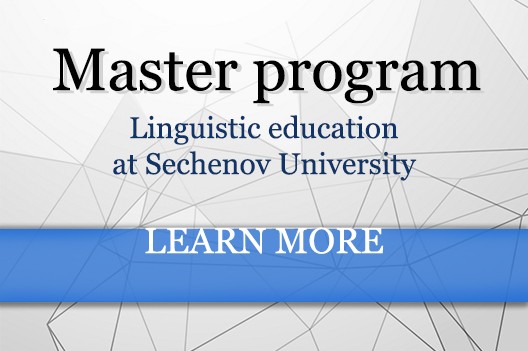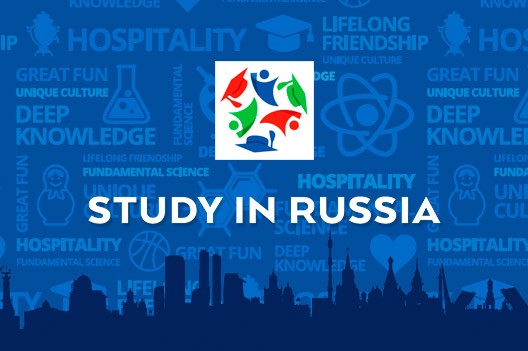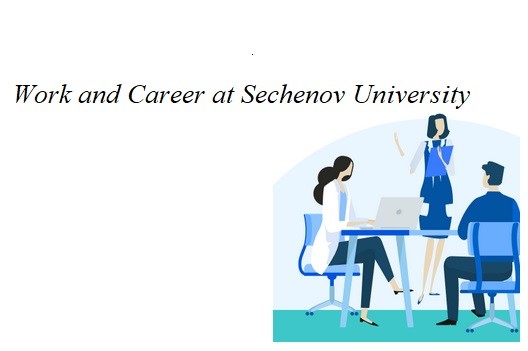Абитуриенту
- Абитуриенту
-
Обучающемуся
- Я – профессионал
- Локальные нормативные акты
- Образовательные программы
- Стоимость обучения
- Университет - обучающемуся
- Центр карьеры
- Учебный центр по маркировке
- Учеба и наука
- Школы мастерства
- Комфортная среда обучения
- Образовательные стандарты
- Стипендии и материальная поддержка
- Вакантные места
- Общежития
- Сотруднику
- Аккредитация специалистов
-
About University
- Mission & Brand Strategy
- University Leadership
- Rector's Welcome
- History
- Regulatory Documents
- Contacts
- Staff
- International Recruitment
- Partners
Applicants- Why Sechenov University
- Degree Programmes in English
- Preparatory Courses
- Non-Degree Programmes
- Transfer from other Institutions
17.09.2020How several months can influence your chances to play ice hockey
 The selection of prospective ice hockey players happens at the age of six or seven when the difference of even a couple of months can be decisive. Those who are born earlier in the year could be stronger and more trained, but does it make them more successful in the long run? Sechenov medics have investigated the data of Russian players to find out.
The selection of prospective ice hockey players happens at the age of six or seven when the difference of even a couple of months can be decisive. Those who are born earlier in the year could be stronger and more trained, but does it make them more successful in the long run? Sechenov medics have investigated the data of Russian players to find out.
For adult people, an age difference of a year or two does not really mean a lot. However, for professional athletes, it can be of crucial importance, especially when we talk about children and teenagers. Schools and sports clubs consider kids born in the same year to be of the same age, but there are differences between those born earlier in the year or towards the end of it. This phenomenon, called relative age effect, has been analysed for many kinds of sports, but Sechenov medics have investigated its impact on the Russian elite ice hockey for the first time ever. The study can be found in the Journal of Strength and Conditioning Research.
The relative age effect in sports came to the public eye in the 1980s, when it was first noticed in Canadian hockey: players born in October–December were less likely to play in junior teams or top-tier teams. In tennis, the birth bias was found among elite senior players, too. The relative age effect has been reported among female and male athletes, and in various parts of the globe.
The study by Sechenov University focused on the birthdates of Russian male ice hockey players who live and work in Russia, Canada, or the US. The total number of subjects was 2,285. The analysis included players of the National Hockey League (NHL), the Kontinental Hockey League (KHL), and several other, more junior leagues, as well as ice hockey academies.
The relative age effect was confirmed in all age groups and for all tiers of the Russian teams. Almost two-thirds of the players were born in the first half of the year, and one-third — in the second half. A greater number of the ‘early-born’ players was found in the lower-tier leagues and training academies. At the same time, ‘later-born’ players were more prevalent in the NHL and the KHL compared to the junior leagues and academies.
The authors suggest that the results point at the high level of competition and early specialisation in professional ice hockey in Russia. They think these factors might lead to the selection of more physically mature children, born in the first half of the year, who could successfully compete with more experienced junior players. The study authors note that primary selection by ice hockey academies is normally done at 6–7 years of age.
The analysis also showed that ‘later-born’ athletes were more represented in highly successful, top-tier adult leagues. Could this be the result of the other players burning out earlier in the career? The answer would require a more in-depth investigation. Future research, according to the authors of the study, should also identify solutions to mitigate the relative age effect in elite junior sports, possibly through the introduction of performance tests which would consider the exact age of the recruits.
‘The studies of this issue have been going on for a long time, but there have not yet been such works in relation to the Russian elite sports. Our study shows the wide spread of the relative age effect both in the Russian elite hockey and football, which makes it difficult for tens of thousands of later-born children to get into elite sports. Taking measures regarding the selection of young players now will help to increase the number of competitive athletes on the adult elite level in the next decade’, says Eduard Bezuglov, Assistant Professor at the Department of Sports Medicine and Medical Rehabilitation (Sechenov University) and the first author of the paper.
The study was performed by the Department of Sports Medicine and Medical Rehabilitation (Sechenov University) together with the High Performance Sports Laboratory (Moscow Witte University), Federal Research and Clinical Centre of Sports Medicine and Rehabilitation (Federal Medical Biological Agency, Moscow), Professional Ice Hockey Club CSKA Moscow, ‘Smart Recovery’ Clinic (Moscow), and Kuban State Medical University (Krasnodar).
Read more: Bezuglov E, Shvets E, Lyubushkina A, Lazarev A, Valova Y, Zholinsky A, Waśkiewicz Z. Relative age effect in Russian elite hockey. J Strength Cond Res (2020).
Photo credit: Pixabay 4897390.
Embed on website
How several months can influence your chances to play ice hockey
The selection of prospective ice hockey players happens at the age of six or seven when the difference of even a couple of months can be decisive. Those who are born earlier in the year could be stronger and more trained, but does it make them more successful in the long run? Sechenov medics have investigated the data of Russian players to find out.
For adult people, an age difference of a year or two does not really mean a lot. However, for professional athletes, it can be of crucial importance, especially when we talk about children and teenagers. Schools and sports clubs consider kids born in the same year to be of the same age, but there are differences between those born earlier in the year or towards the end of it. This phenomenon, called relative age effect, has been analysed for many kinds of sports, but Sechenov medics have investigated its impact on the Russian elite ice hockey for the first time ever. The study can be found in the Journal of Strength and Conditioning Research.
The relative age effect in sports came to the public eye in the 1980s, when it was first noticed in Canadian hockey: players born in October–December were less likely to play in junior teams or top-tier teams. In tennis, the birth bias was found among elite senior players, too. The relative age effect has been reported among female and male athletes, and in various parts of the globe.
The study by Sechenov University focused on the birthdates of Russian male ice hockey players who live and work in Russia, Canada, or the US. The total number of subjects was 2,285. The analysis included players of the National Hockey League (NHL), the Kontinental Hockey League (KHL), and several other, more junior leagues, as well as ice hockey academies.
The relative age effect was confirmed in all age groups and for all tiers of the Russian teams. Almost two-thirds of the players were born in the first half of the year, and one-third — in the second half. A greater number of the ‘early-born’ players was found in the lower-tier leagues and training academies. At the same time, ‘later-born’ players were more prevalent in the NHL and the KHL compared to the junior leagues and academies.
The authors suggest that the results point at the high level of competition and early specialisation in professional ice hockey in Russia. They think these factors might lead to the selection of more physically mature children, born in the first half of the year, who could successfully compete with more experienced junior players. The study authors note that primary selection by ice hockey academies is normally done at 6–7 years of age.
The analysis also showed that ‘later-born’ athletes were more represented in highly successful, top-tier adult leagues. Could this be the result of the other players burning out earlier in the career? The answer would require a more in-depth investigation. Future research, according to the authors of the study, should also identify solutions to mitigate the relative age effect in elite junior sports, possibly through the introduction of performance tests which would consider the exact age of the recruits.
‘The studies of this issue have been going on for a long time, but there have not yet been such works in relation to the Russian elite sports. Our study shows the wide spread of the relative age effect both in the Russian elite hockey and football, which makes it difficult for tens of thousands of later-born children to get into elite sports. Taking measures regarding the selection of young players now will help to increase the number of competitive athletes on the adult elite level in the next decade’, says Eduard Bezuglov, Assistant Professor at the Department of Sports Medicine and Medical Rehabilitation (Sechenov University) and the first author of the paper.
The study was performed by the Department of Sports Medicine and Medical Rehabilitation (Sechenov University) together with the High Performance Sports Laboratory (Moscow Witte University), Federal Research and Clinical Centre of Sports Medicine and Rehabilitation (Federal Medical Biological Agency, Moscow), Professional Ice Hockey Club CSKA Moscow, ‘Smart Recovery’ Clinic (Moscow), and Kuban State Medical University (Krasnodar).
Read more: Bezuglov E, Shvets E, Lyubushkina A, Lazarev A, Valova Y, Zholinsky A, Waśkiewicz Z. Relative age effect in Russian elite hockey. J Strength Cond Res (2020).
Photo credit: Pixabay 4897390.



